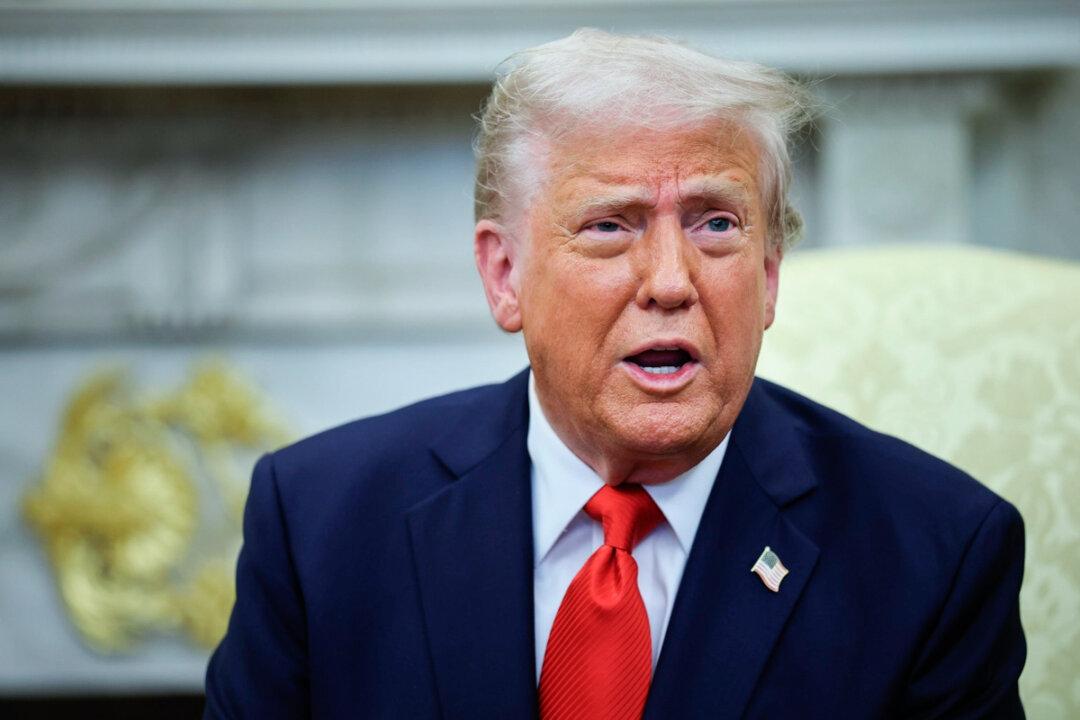Australia’s Future Fund achieved a record-breaking $237.9 billion in 2024, driven by a 12.2 percent return on investments revealed the portfolio released on Feb. 5.
This significant growth, which added $26 billion to the Fund’s value, surpassed the mandated return target of 6.4 percent.
Since its establishment in 2006, the Fund has added $177 billion to its value, reflecting the success of its investment strategy and the strong global economic conditions that helped fuel growth.
“This was a strong result that reflects the work we have done over the past few years ... to understand significant and lasting changes in the world,” said Raphael Arndt, chief executive officer of the Future Fund.
US Economy Drives Fund’s Strong 2024 Performance
The Future Fund’s new investments in 2024 included a stake in Melbourne’s Eastlink toll road and a national portfolio of student accommodation facilities.Chief Investment Officer Ben Samild noted that the strength of the U.S. economy played a crucial role in the Fund’s performance.
“This was an extremely pleasing result driven by the strength of the U.S. economy,” Samild said.
“Inflation has moderated and economic growth, trade, employment, wages and corporate balance sheets remain in good shape, underpinning another strong year for the U.S. share market.”
While the U.S. economy remained a solid performer, the Future Fund also benefitted from increased allocations to international equities.
According to Samild, these conditions provided numerous opportunities for active return generation.
In addition to equities, returns from alternatives, credit, and infrastructure also contributed to the overall success of the Fund’s investments.
Government Faces Political Pressure Over Future Fund Investments
The Albanese government’s decision to use the Future Fund to address housing and climate challenges has been a point of contention.In November 2024, Treasurer Jim Chalmers announced that the Fund would be directed towards investing in housing, infrastructure, and the green energy transition, as long as these investments could also generate returns.
However, the move attracted criticism from the Opposition.
Leader of the Opposition Peter Dutton accused the government of undermining the independence of the Future Fund, arguing that its primary purpose was to strengthen Australia’s long-term financial position, not to fund government priorities.
He referred to the Fund’s original purpose, established under the Howard Liberal government in 2006, as a long-term savings vehicle that should remain untouched.
“For nearly 20 years, governments of both sides have respected the independence of the fund by not meddling with its investment mandate,” Dutton said.
Chalmers defended the government’s decision, explaining that discussions had been held with the Future Fund Board and its chair.
He pointed out that the government was simply ensuring that the Fund could contribute to national priorities while still focusing on maximising returns.
As the debate over the Future Fund’s investment strategy continues, the government maintains that using the Fund to tackle urgent issues like housing and climate change is consistent with long-term financial sustainability.
Whether the changes will yield the desired outcomes remains to be seen, but the record returns in 2024 show that the Future Fund remains a robust tool for managing Australia’s financial future.







